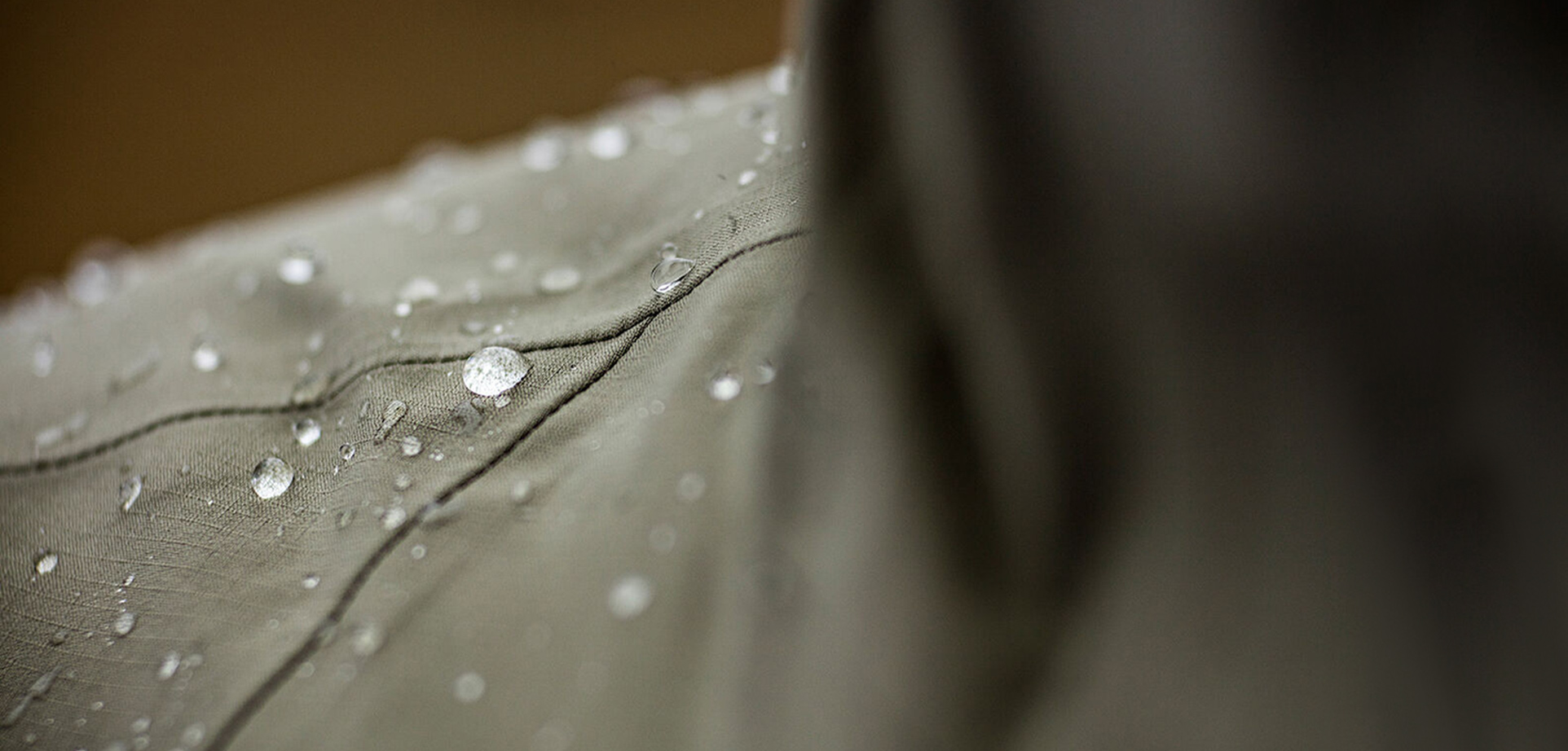Is there anything more miserable than being soaked in water? Being a child living in Cornwall, UK, which is home to an average of rainy days per year, and an ability to have the four seasons all on the same day, I’ve completed plenty of dog walks in the rain along with thru-hikes and bicycle rides. If I were to stay inside every occasion that the weather was awful, then I’d never leave and that’s why the right waterproof jacket has become one of my essentials.
The majority of waterproof jackets aren’t made equal, and although an open-front poncho may be perfect for a rainy occasion, however, it’s not going to help in a mountain storm. Here are the things you should be thinking about.
How can you tell the differences between water-repellent and waterproof?
If you’re looking to have solid protection against the elements, buy clothing that is waterproof as well as water-resistant. Waterproof gear can provide protection from light rain, but lets water in very quickly.
A waterproof jacket can stand against much more severe conditions, but if you don’t choose one that’s breathable, you’ll end up with sweaty areas on the interior of the coat instead. When exercising for a long time, it’s still going to leave you damp and uncomfortable. An Arcteryx beta ar jacket, that has waterproof membranes is a good way to ensure that the coat is breathable and allows moisture to escape. You’ve probably heard of Gore-Tex, the most famous waterproof membrane available. It operates by using small pores that are small enough to prevent drops of rain from entering your jacket, but big enough to let sweat evaporate. It’s not the only waterproof membrane available on the market today and a variety of outdoor brands have their own versions.
If your jacket isn’t as durable as it once was, the good thing is that you don’t need to purchase a new one. A durable water-repellent coating (DWR) applies to the outside of a water-resistant jacket. When your jacket starts to lose its impermeability, it’s very easy to reapply the DWR yourself. To see if your jacket needs to be topped up with a DWR top-up, splash the jacket with water, and then check whether the water evaporates and disappears. If it does, it’s fine. If it’s left areas of wet, dark fabric, it’s a good time to buy a DWR replenishment product and recoat your coat.

What is the best way to know what level of protection a waterproof jacket offers me?
There’s a handy scale for this, and most stores will display an appropriate waterproof rating beside their jackets. The minimum is 5,000mm of waterproofing needed that is considered to be waterproof and not merely water-resistant, however, this won’t hold up to much beyond light rain and drizzle. 10,000mm-15,000mm should be able to withstand the most severe downpours. Anything from 20,000mm upwards is recommended for extremely massive deluges or extreme weather But the jackets tend to be much heavier.
Which one should I go for?
Because you’re not likely to be running around in just a bikini and a waterproof jacket, buy a jacket that allows enough room to layer. For three-season hiking an outdoor jacket that lets you wear a base layer as well as a jacket with a down layer underneath should be sufficient, but when you’re going to be doing winter mountaineering, you’ll need something more spacious to allow you to layer up.
What other features can be useful?
Check for jackets with taped seams. This signifies that the seams on the inside are sealed to prevent water from entering through the tiny holes. Storm flaps are a useful option: flaps with an outer layer that covers jacket zips, another porous area where rain may get inside. Personally, for all my outdoor occasions, I prefer wearing a raincoat with a peaked hood. This keeps the rain out of your eyes, while jackets that only have a hood that is drawn up let the rain drip down your face.

